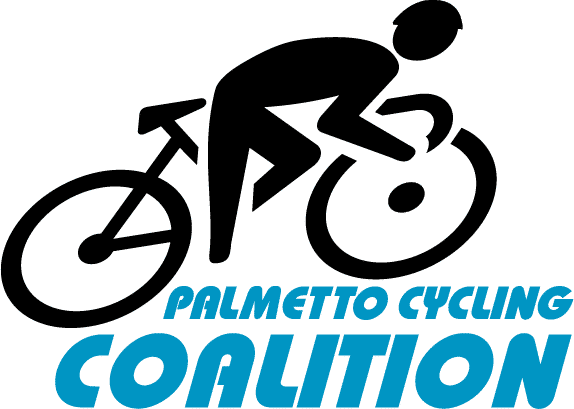Tips for Local Complete Streets Advocates
September 4, 2013//Comments Off on Tips for Local Complete Streets Advocates

From bike lanes to sidewalks: How to get a Better Built Environment
- Partnerships. Form these first, and then do the rest.
- Local advocates.
- Find good speakers, former planners/engineers, tech-savvy folks, good communicators, and natural leaders. If any of these folks are connected in the community already, that’s a bonus, but you can make connections with time. Most important is you have folks willing to collectively donate their time and skills and do work, or who donate $.
- Form a 501c3 eventually, to maintain momentum with paid staff and seek donations. Otherwise, expect burnout in 5-10 years. You’ll need steady momentum to advocate long term to change your built environment. Planning and funding cycles can take 10-30 years, which means if you want to see a road design changed, you’ll have to stick with it for 25 years. Form a solid organization that will do it for you. Volunteers are great, but you need paid staff to rally the troops, year after year.
- Municipal staff. Find someone in your city/county Public Works, Transportation, Planning Department or City Manager who shares your vision. Ask them for advice about who else you need to form relationships with on city staff.
- Elected officials. Form relationships with your local City Council and/or County Council members. They have great influence over local infrastructure and will readily meet with their constituents. It’s best to meet all of them, but focus on those elected officials who are visionary, inquisitive, diplomatic, and willing to give you some face time. Buy them lunch and chat. Then follow up when you really need them.
- Local advocates.
- Representation. Increase the degree your needs are recognized locally. Every city is completely different, but here is a guide.
- Local:
- Form an advisory board. Call it a Bike/Ped, Transportation, Safe Streets (or other name) Advisory Board, and set a mission in motion. If you have a good relationship with your city/county Public Works, Transportation, Planning Department or City Manager, form this committee/board with their approval, and get a seat on this committee. If you don’t have that relationship yet, form it first. Then set a mission and plan for this committee, and see it through focusing on a limited number of initiatives.
- Meet regularly with your Council members to give input.
- Conduct a Candidate Scorecard for City Council or County Council elections. As a 501-c3, you have the legal right to do so, as long as you treat all candidates equally.
- Regional: Get on the Technical Advisory Board of your MPO, and if you can’t do that, ask for the ByLaws and figure out how to get a bike/ped friendly person on it.
- Local:
- Planning.
- Master Plans. If there is no Bike or Pedestrian Master Plan, work to get one. They are the first step before any $ should be spent on infrastructure. Meet with your local planning or transportation director, and ask how you can help get one. $ can come from the city’s General Fund or your MPO’s planning funds. And as a bonus, SCDOT wants to recognize these, in large part, before resurfacing state owned roads. If your needs are not in a plan, someone somewhere probably doesn’t know they exist, and they may likely redesign your roads without you knowing.
- Repaving schedules. Get the repaving list. Know the roads that need attention first, which your Bike or Pedestrian Master Plan will tell you. When a key bike or sidewalk route is scheduled to be repaved, follow up with planners to make sure multi-modal accommodations will be included.
- Corridor studies. Think Main Street. Follow an existing corridor study, and advocate for your interests at public input meetings. If you think one is warranted on a notoriously problem but important corridor, work with commissioners to have one done, especially for reasons of road safety and economic development.
- Metropolitan Planning Organization. Follow the Transportation Improvement Program. Provide public input when they ask for it. Get the list of who sits on these advisory boards, and give your input to them directly.
- Design. Adopt the NACTO guide in your city. Get input from city/county officials, and then work through elected officials to have it adopted. If NACTO is out of the question, start at least with the 2012 AASHTO Guide to the Development of Bike Facilities.
- Funding:
- Get more of it. If you don’t have a SPLOST (one penny transportation sales tax), run a campaign to start one. If an old one expired, do another campaign to renew another one.
- Renew old funding streams. If you have, or are about to have, a new SPLOST (penny sales transportation sales tax), get on the SPLOST Advisory Board.
- Local General Fund. Keep track of where local money is spent. Make sure the sidewalk program is continually funded, and seek additional funds for it by working with elected officials.
Posted in Advocacy
